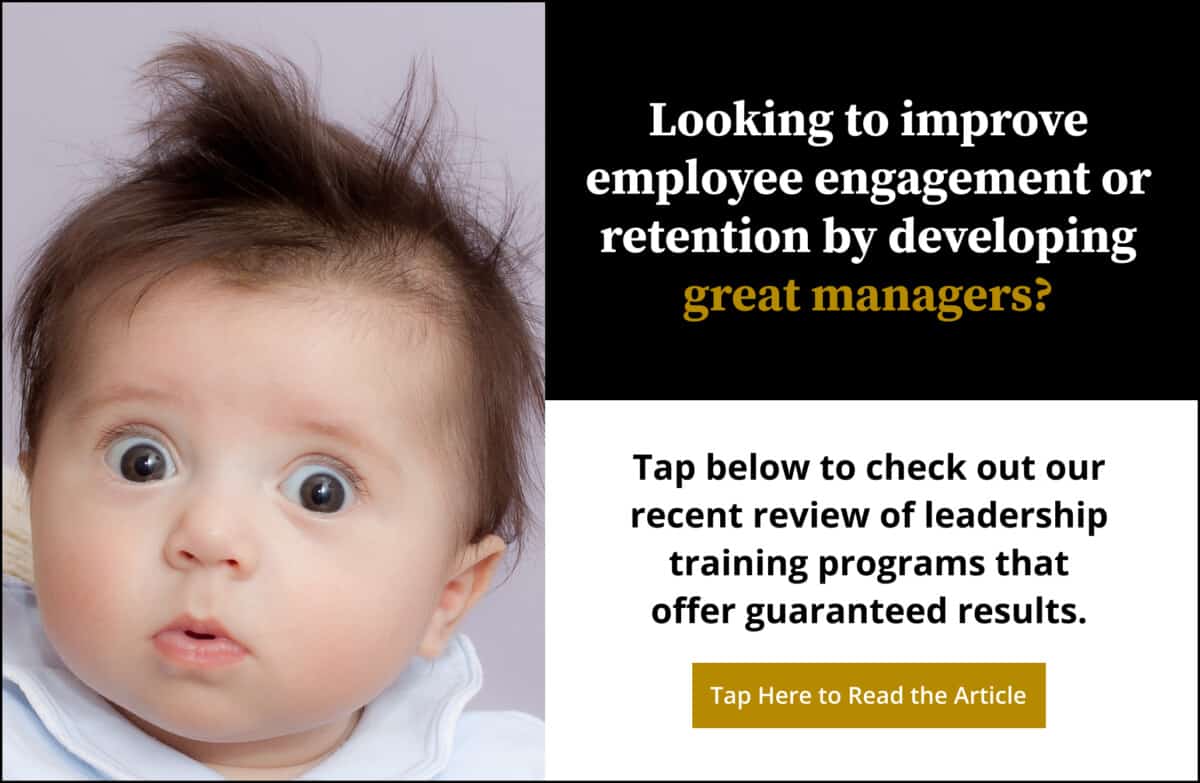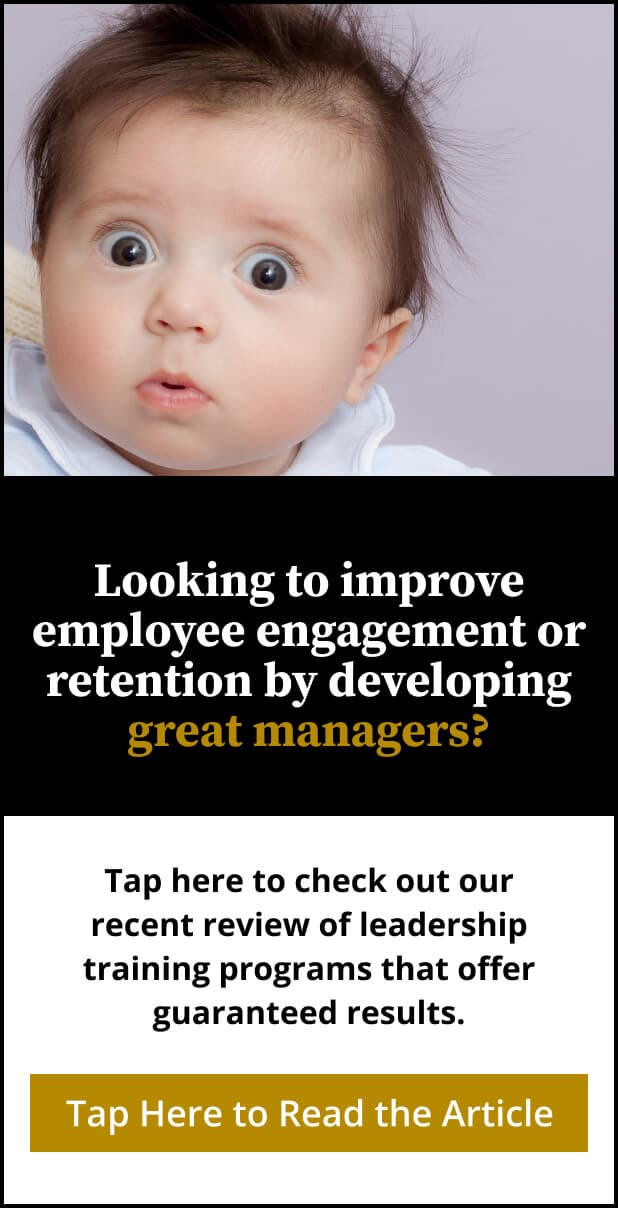Share:

As we know, recognition plays a key role in engaging and retaining employees and is an essential component of any strong organizational culture.
When organizations routinely recognize the contributions of employees, it makes them feel valued and more satisfied in their jobs, but it’s also important to consistently provide feedback to employees, even when it isn’t about recognizing an outstanding accomplishment.
This is why feedback-rich cultures are so vital to employee engagement, high performance, and positive work environments.
In a feedback-rich culture, employees receive regular, helpful feedback from direct supervisors, and they are empowered and encouraged to provide meaningful feedback to co-workers and leadership. Fostering a feedback-rich culture is essential for realizing sustainable high performance.
Recognizing the accomplishments of employees is an essential mechanism for ensuring a happy work environment where employees flourish. However, it’s important to ensure that you have a feedback-rich culture in which praise and recognition are just part of the communication process.
In this article, we’ll explore what a feedback culture looks like, why it is important, and some ways you can build a feedback-rich culture in your organization.


What Does a Culture of Feedback Mean?
What do we mean when we talk about a “feedback-rich culture”?
Most of us have participated in annual reviews where we received feedback on our performance or provided feedback to another employee on their performance for the year and given or received suggestions for how to improve performance.
But how useful are these yearly reviews if they don’t provide feedback to employees that can guide them on a day-to-day basis or provide any real insight into how an organization can implement long-term improvements?
Research has shown that the average manager spends more than 200 hours on annual performance reviews, but nine in ten managers are dissatisfied with the way these reviews are conducted.
And they should be, because flawed performance reviews and the time spent on them can cost an organization of 10,000 a whopping $35 million a year.
While these annual reviews can be useful tools for gauging an employee’s performance over the course of a year and provide some insight into possible course corrections and needed quantitative data, they do not provide much meaningful guidance to employees on a daily basis.
In a feedback-rich culture, employees are encouraged to, and should feel comfortable with, sharing feedback with other employees in the organization, no matter what position or role they are in.
The goal of a culture of feedback should be to ensure a work environment’s channels of communication remain open, consistent, supportive, and honest.
Whether it is recognition of an accomplishment, offering some ideas about how to improve performance, or suggesting behavioral changes and approaches, in an organization where feedback is the norm, we see open, frequent dialog between employees at all levels of the organization.
Why Is a Culture of Feedback Important?
Feedback matters to all employees because it helps them improve their performance. It can also give managers the information they need to gauge cultural alignment and build the sort of companies they aspire to build.
A lack of feedback makes it difficult for employees to develop in their roles, or grow into new roles, and for organizations to identify and address issues that must be corrected for success.
Employee engagement is one of the best reasons to have a culture of feedback in your organization, as frequent feedback is fundamental for retaining and keeping employees engaged in their jobs and helping them to perform at a high level.
In surveys, employees regularly report that they aren’t receiving enough feedback from leadership regarding their performance or career trajectory. This can hurt employee engagement.
Having unengaged or actively disengaged employees can lead to a high rate of turnover and poor performance. This can cost companies between $450-$550 billion annually.
This can obviously cause a huge impact on a company’s bottom line, but the damage it can do to morale is immeasurable.
This can obviously cause a huge impact on a company’s bottom line, but the damage it can do to morale is immeasurable.
One of the ways feedback boosts engagement is that it builds trust between leadership and employees, creating a safe, trust-based environment where employees feel that their opinions are valued and help drive decision-making.
Feedback can reinforce positive behaviors that we want to see more of. It can also provide opportunities to offer guidance and “course correct” to improve behaviors.
Having a feedback-rich culture that supports employees, motivates them to engage with each other, and values their input fosters open dialogs that can create a positive, harmonious environment where employees thrive.
It can also be a useful tool when conducting those mandatory annual reviews. Because a system of regular feedback gives managers a more accurate understanding of day-to-day or weekly performance throughout the year, it can make the yearly review more relevant.


How to Implement a Feedback-Rich Culture
A positive feedback-rich culture where all employees feel like they have a voice starts with good, forward-thinking leadership.
As Stuart Hearn suggests, it is important for managers to receive proper training on the best and most effective ways to provide feedback so that they don’t activate an employee’s fight or flight reflex. It will also help them guide employees through the feedback process.
The CEO of Netflix encourages and actually schedules candid feedback because it boosts performance and “magnifies the speed and effectiveness of your team.”
The company’s “360-degree reviews” are a huge part of their success but may be a bit too intense for some leaders and employees, and not consistent with the values of some organizations.
Keep in mind, there is no one-size-fits-all approach to creating a feedback culture.
While we can learn something from the different ways companies approach feedback culture, the best way to make a feedback-rich culture real in your company is to do what’s best for your employees and most consistent with your organizational culture and values.
For leaders hoping to implement a feedback-rich culture in their organization, it’s important to keep in mind that a high degree of emotional intelligence and an authentic approach that builds trust are necessary components to the communication process.
Creating a positive loop of candid, constructive feedback is key.
If feedback is all negative, or presented in a negative way, it can lead to more anxiety for employees, fear of providing honest input to senior management, and decreased loyalty, engagement, and retention.
An environment where employees fear harsh criticism on a regular basis isn’t going to make for a happy team, which is what you should ultimately want as a sincere, caring leader.
Sensitive issues, particularly interpersonal and well-being issues, are best addressed immediately and should always be handled with tact and diplomacy.
To successfully implement a culture of feedback, leaders can demonstrate a communication style that improves the organization and its employees by emphasizing listening, understanding, and deep reflection over focusing on or reacting to any one individual’s views.
Communication in a feedback-rich culture should be frequent, constructive, and delivered in a positive atmosphere. Even if the feedback is negative or critical in nature, it is important to keep the communication method positive to ensure it is a comfortable, natural process for employees.

Matt Tenney has been working to help organizations develop leaders who improve employee engagement and performance since 2012. He is the author of three leadership books, including the groundbreaking, highly acclaimed book Inspire Greatness: How to Motivate Employees with a Simple, Repeatable, Scalable Process.
Matt’s ideas have been featured in major media outlets and his clients include numerous national associations and Fortune 500 companies.
He is often invited to deliver keynote speeches at conferences and leadership meetings, and is known for delivering valuable, actionable insights in a way that is memorable and deeply inspiring.


